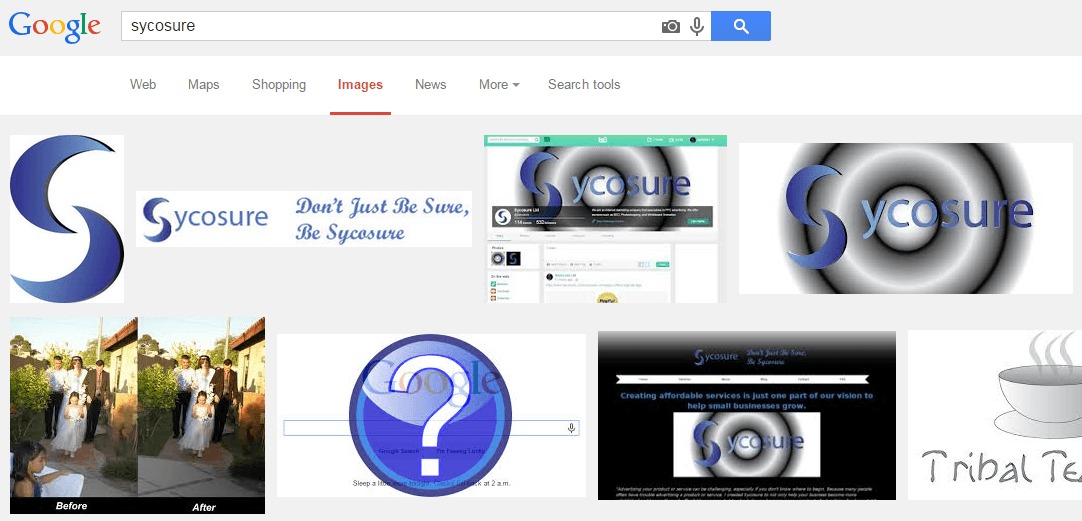
Despite the prevalence of SEO on the Internet, there aren’t many useful articles that discuss how to do Google Images SEO. Similarly to regular SEO, Google Images SEO helps your images rank in the Google Images Results, which may lead to more people visiting your website or downloading your images.
Benefits of Google Images SEO
Before I get into how to rank your images using Google Images SEO, I’m going to discuss the benefits of doing Google Images SEO. If you already understand the benefits or you just want to learn how to do Google Images SEO, skip to the next section titled, “How To Do Google Images SEO”.
Backlinks
If you discover that a website owner has used your image without your permission, instead of becoming litigious, you could request a do-follow backlink to your website so that you can be credited for the image. These backlinks can help your entire website rank in the search engine results pages (SERPs).
Copyright
If an Internet user contacts you asking to use your image on their website, you could also ask for a small fee that would allow them to use your image for commercial or non-commercial purposes (assuming your image is not labelled for reuse with modification). This means extra income for you, especially if you frequently receive these requests or discover that others have used your images without your consent.
Publicity
If you’ve created a useful image such as an infographic, it could benefit your website to have someone link back to that image on their own website, forums, or social media to provide your website with additional visitors.
How To Do Google Images SEO: Ranking Factors
Similarly to YouTube SEO, Google cannot actually “see” the image you’ve provided unless it’s duplicate content or visually similar to another image. Because of this, Google relies of you to provide information about the image.
Picture Factors
If you’ve created the image that you’re planning to optimise, starting on the picture factors is a good place to start.
Image Size: Images that are too small (299 pixels and under) or too large (1281 pixels and larger) often rank poorly in Google’s Image search. This is especially true for small, low-quality photos.
Aspect Ratio: Long landscape and tall portrait images tend to rank poorly since their thumbnail display on Google Images tends to not be very attractive, so its best to use common aspect ratios such as 4:3, 16:9, and 21:9.
Uniqueness: If you’re planning to rank an image that has been posted on several websites in the past, then the only thing you’re doing is helping the original image rank higher (more on this later).
File Type: While this may or may not be a direct factor, having a certain image file type, such as a PNG, will allow you to appear in a Google Images search when a user searches for a specific image type either through a search modifier, search tool, or by specifying it in the actual search.
File Name: Having the keyword in the file name can provide a small boost to your image’s ranking.
On-Page/Site Factors
Once you upload your image, it’s time to start working on the on-page factors.
Alt Description: Describing the image (e.g., large blue ball sitting on a lawn) can help others find your image through Google Images. In addition to this, in the event that a blind Internet user were to visit your website using software such as JAWS screen reader, you could describe the image using the alt attribute.
Title Attribute: Similarly to the file name, providing your keyword in the title will help Google sort the image.
Page Title: The name of the page that your image appears on could also help your iamge appear for a specific keyword.
Captions/Text Surrounding The Image: The text surrounding the image helps Google determine what topic the image is associated with.
Internal Linking: For similar reasons that having good internal linking in your website can help web crawlers fend and index your pages, linking to the image from other pages to your website will make it easier for web crawlers to index it.
Off-Page Factors
When you’ve finished your off-page factors, you can begin optimising the image on other websites by concentrating on the following factors
Inbound Links: Inbound links also help your images rank, too!
Multiple Copies: While multiple copies of your website would result in a duplicate content penalty, multiple copies of your image has the opposite effect. Instead, multiple copies of your image let’s Google know that others have found your image useful.
Hotlinking: If a user displays your image on their website by linking to your image (they do not upload your image to their website), this can show Google that others have found your image useful.
Other Factors
In addition to the other ranking factors, here are a couple more to help you rank your image.
Copyright Information: By providing a Creative Commons license to your image, you can let Google know if your image is allowed to be used by others or not, which may help you rank higher in Google Images if a user
Clicks: If your image is receiving more clicks in Google Images from different users, then Google can safely assume that others have found your image useful.
Related Articles:
- Clickbait: This One Weird Article Will Explain It
- Blogging Techniques: What Are Pillar Articles?
- What Are Backlinks? Here’s A Basic Explanation
- Are Link Building Services Black Hat or White Hat?
- What You Need To Know About SAPE Links
- Are The “Rank 1 In Google For Any Keyword” Services A Scam? - April 1, 2025
- OfficeOutlaw.com: Our New Internet Marketing Forum - March 26, 2025
- What You Need To Know Before Using Microsoft Teams - March 24, 2025
